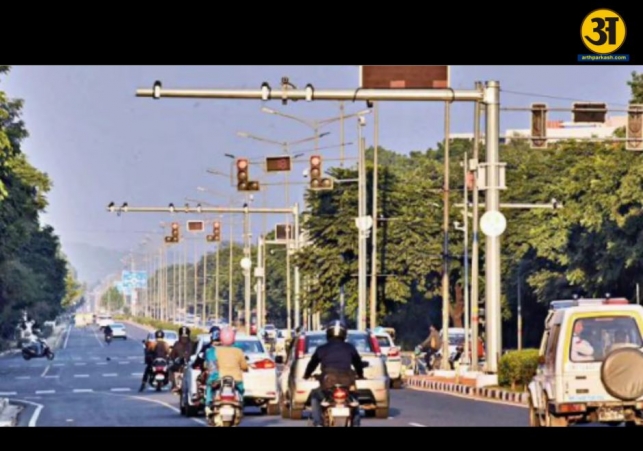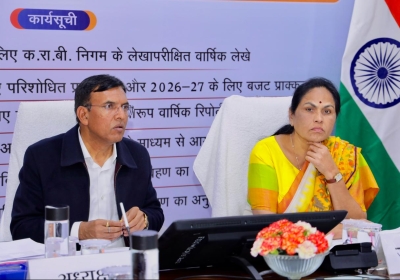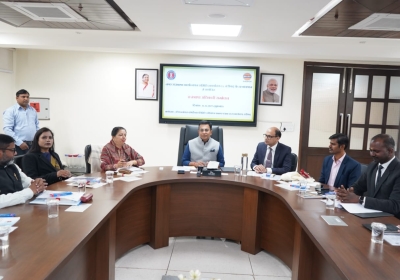
CCTV exposes daily traffic chaos on Mohali roads
CCTV surveillance reveals daily chaos on Mohali roads with 1,935 challans issued
In just three months, CCTV cameras installed in Mohali have revealed how serious the traffic problem is in the city. From March 6 to June 9, a total of 1,83,825 e-challans (online traffic fines) were issued — that’s around 1,935 challans every single day. This data comes from just 17 intersections in the city that are currently under CCTV surveillance. Many areas, including the busy Airport Road, are yet to be covered.
The City Surveillance and Traffic Management System was launched to bring better control and safety to the roads of Mohali. The system is managed through the Integrated Command and Control Centre (ICCC), located at the Sohana police station. Here, high-quality CCTV cameras are used to track rule-breakers, and 13 operators work round the clock to watch traffic footage and even help trace criminals.
In the past, traffic violations went unnoticed due to the lack of staff in the traffic department. This led to accidents and disorder on the roads. But now, with 488 high-definition CCTV cameras (increased from the earlier 405), the city police are able to monitor traffic much more effectively. The huge number of challans shows that traffic rules are being broken regularly.
Most fines for helmet violations
Among the top traffic offences, riding without a helmet is the most common. There were 1,08,561 challans issued for this offence alone. These fines add up to ₹10.85 crore. Pillion riders (people sitting on the back seat of two-wheelers) not wearing helmets were issued 28,361 challans, leading to ₹2.83 crore in fines. The third most common violation is jumping red lights, with 15,791 challans. Such violations can cause serious accidents at busy intersections.
Superintendent of Police (Traffic) Navneet Singh Mahal explained that this camera-based system is meant to protect people, not punish them. “Traffic rules are made for the safety of the public. While many have started following the rules, there are still a lot of violators,” he said. Mahal added that people need to understand the purpose behind these measures — they are to make Mohali’s roads safer and more organized.
While the number of challans issued is very high, the number of fines actually paid is very low. Out of the 1,83,825 challans issued, only around 20,000 have been paid so far. This means ₹1.7 crore has been collected. However, about 1,62,918 challans (88% of the total) are still unpaid. These pending challans amount to ₹16.3 crore in unpaid fines. This shows that while the cameras are catching violators, the penalty system is not yet effective in collecting fines from offenders.
The City Surveillance and Traffic Management System is led by the Punjab Police Housing Corporation. The project aims to expand CCTV coverage to 20 intersections in Mohali. Once more areas are included, it is likely that even more traffic violations will be detected.
ALSO READ: Chandigarh MC goes after encroachers, illegal vendors as crackdown gains steam
ALSO READ: After PGI, Project Sarathi to reach 1,467 hospitals in Chandigarh
At the ICCC in Sohana, 13 trained operators continuously watch camera feeds to ensure violators are noted and action is taken. Besides monitoring traffic, the system also supports police work in tracking down criminals.
Officials believe that as the public becomes more aware of being watched by cameras, they will start following traffic rules more seriously. They are hopeful that this system will help reduce accidents, save lives, and improve the overall traffic situation in Mohali.
This surveillance system marks a big step forward in how traffic is managed in the city. But unless people take rules seriously and pay their fines on time, the full benefits of the system cannot be achieved. The message from the authorities is clear: traffic rules are for everyone’s safety, and they must be followed.





